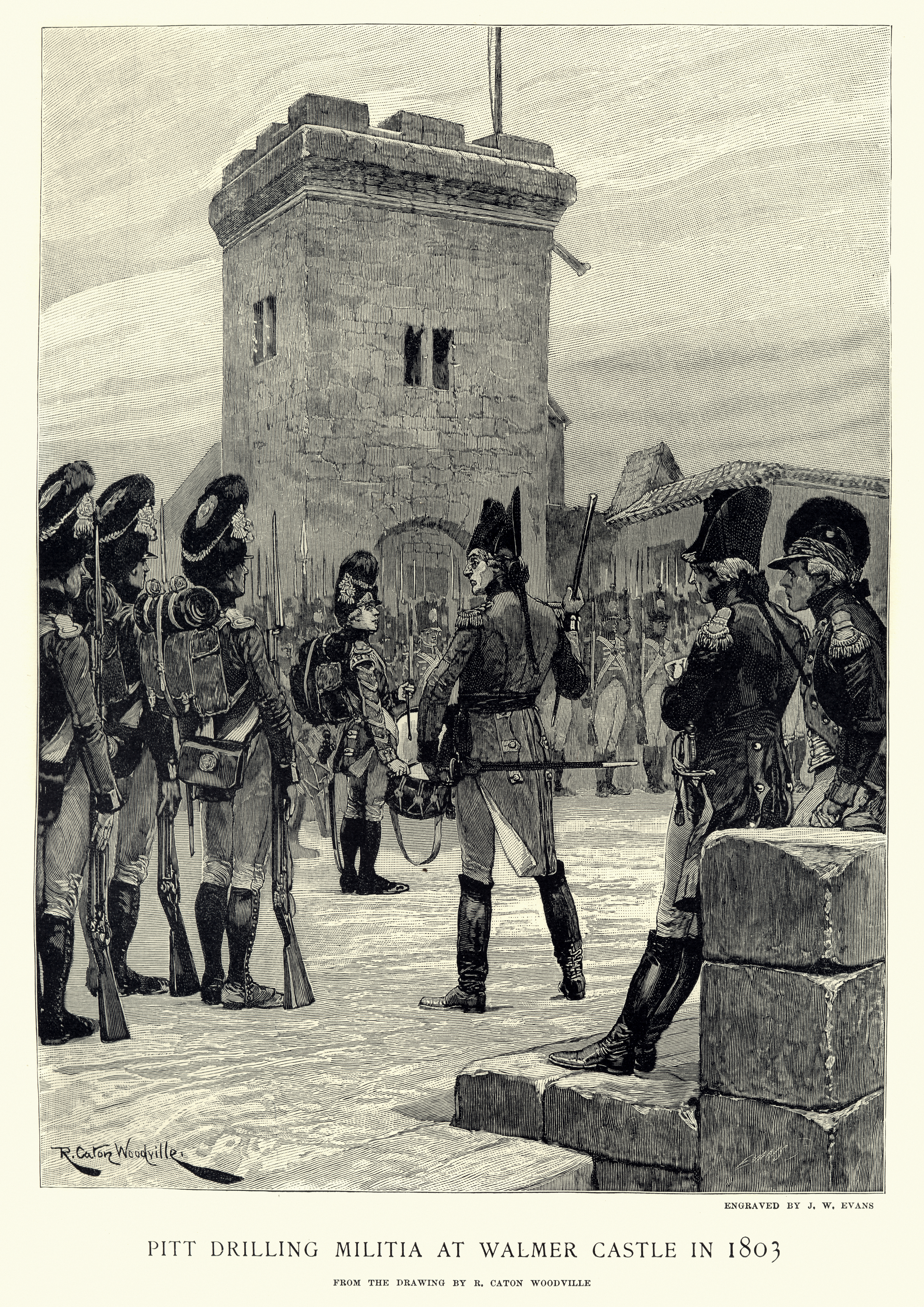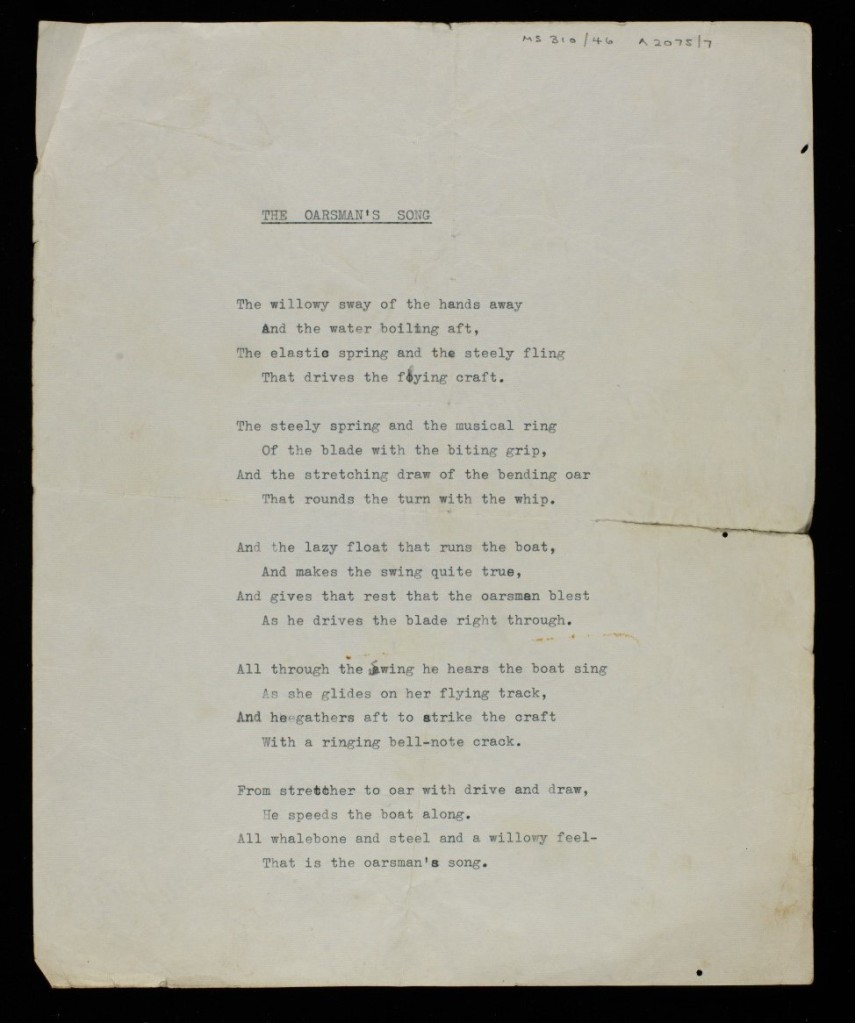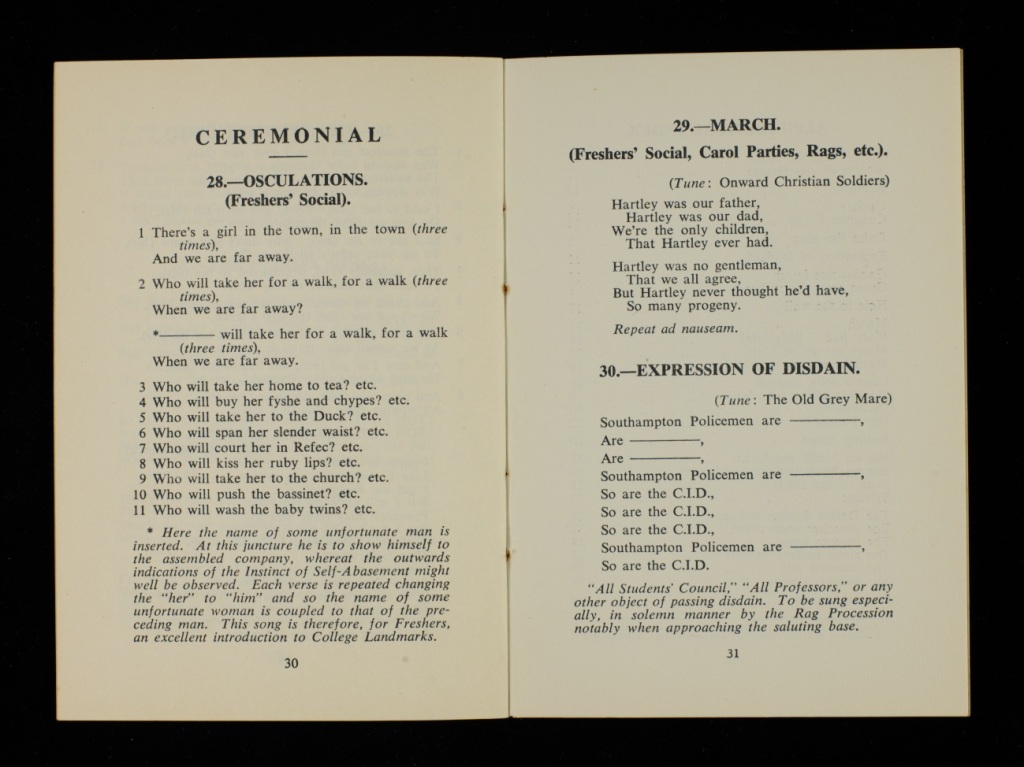This week, we launch our new blog posts series, where student societies will take over our blog in an interview setting. This week, we welcome the Athletics and Cross-Country Club. Special Collections will talk you through their history, and then take you through an interview with the Club to tell you the benefits of joining the society today.
History
The University College of Southampton Athletic Union (previously the Athletic Club) was instituted on 17th March 1924 with the following officers elected:
Chairman: Mr G. Grant
Hon. Treasurer: Mr. Glover-James
Hon. Secretary: M r S.C. Wilmot
These were all members of the College staff. George Grant, who had only been appointed as Registrar during the previous year, became a great supporter and advocate of student sport for many years. He was elected as an Hon. Life Member of the Students’ Union in 1929 and retired as chairman of the A.U. in 1941. Students were also elected to represent the following: Students’ Council, Cricket, Soccer, Rugby, Men’s Hockey, Women’s Hockey, Tennis, Sports Day (Athletics), and Netball.
At a meeting on the 24th June 1929 the following decisions were taken:
– To prepare a permanent Cricket pitch, which required the removal of some elm trees and the installation of a pavilion.
– To obtain a quotation for the Colours Blazers. It was suggested that when the Colours were awarded the initials of the sports should be inscribed on the breast pocket.
A request for improved changing accommodation at the playing fields in South Stoneham was presented to the Athletic Club. George Grant, Chairman, said that he would refer the matter to the College Council, but he further guaranteed that a hut of some description would be erected and ready for next season. It was agreed that the hut would be ready by 8th November 1924 with a water supply, and that there would be changing accommodation for three teams of 11 and one of 15, as well as provision for serving teas.
On 31st October 1925, the Athletic Club changed its name to Athletic Union (A.U.) and a Constitution was adopted.
To raise funds for the A.U., a flannel dance was hosted on 1st June 1929. This grew into a regular and more formal event, with the men wearing flannel trousers and blazers. It was attended by the Principal (which we now know as the Vice-Chancellor) who presented the various awards. Many members of staff, accompanied by their partners, also attended.
On 29th November 1929, the College Council gave its final consent to the new Athletic Union. The Council realised the student body’s potential in taking on serious responsibilities and managing their own affairs, and they believed that the scheme would greatly benefit College Athletics, and the College in general. Dr. Claude Montefiore, College President, agreed to become the first President of the Athletic Union. Dr Montefiore’s wife, Mrs Montefiore, had bought eleven acres of land in South Stoneham and given it to the College. This valuable donation accompanied by her husband’s financial assistance enabled pitches to be marked and for a pavilion to be built. The ground and pavilion were given to the College under a trust that it was to be used for sport.
Other sports became members of the A.U., including swimming in 1927 and rowing and golf in 1930. In 1935 white summer blazers were introduced.
Little sport was played during WW2 but developments were made, such as plans for new playing fields at New Stoneham, and more sports becoming members, such as the Ladies’ Rifle Club in 1942. In 1950 the College purchased 26 acres of land at North Stoneham to be developed as playing fields.
The 1950s brought a couple of future cross country champions to the A.U. in the making. There was Martin Hyman, who went on to hold the British 6 mile record, competed in the Commonwealth, European and Olympic Games, and was unbeaten in road races for four years. He obtained Bronze in the World Cross Country Championships, and was captain of the G.B. Athletics team.
There was also Bruce Tulloh, who arrived at the University in 1956, and joined the Cross Country Club, which was of a high standard set by Martin Hyman. Bruce was known internationally as being an outstanding athlete who also ran bare footed. His achievements included breaking the British records for 2 miles, 3 miles (3 times) and 6 miles. He competed in the 1960 Olympics and also ran a sub four-minute mile. He won Gold medals at the 1962 European Championships and the 1963 World Games.
On 22nd January 1963 A.U.C. established a committee to decide upon the recipients for the first Sportsman and Sportswoman Awards.
Developments in athletics included Tim Anstiss representing England in the Pole Vault in the Home Countries Junior International at Meadowbank, in July 1978, where he was placed second with a vault of 4.20m. In 1980, he was listed as the top of all British Juniors with a vault of 4.90m.
The 1980s brought great successes in the Great Britain Pentathlon team from Southampton University. This included Kathy Tayler, a first year undergraduate. She helped represented Great Britain in the World Modern Pentathlon Championships, and her team won Gold in 1981 and 1982. She also won a Bronze medal in the individual competition at the same event in 1982, and went on to become a television presenter.

One of the celebrities of the Athletic Union’s history in the 1990s is Roger Black. Enrolling as a medical student, he only ended up staying for less than half a year, due to going on to win Silver in the 1991 World 400 metres Championships, Gold in the 1992 Tokyo Olympics in the 4 x 400 relay, and Silver in the 1996 Atlanta Olympics. Achievements also included two Golds in two European Championships and two Commonwealth Games. He has since been awarded an Hon. M.A. degree and has presented sports on the BBC.
The Athletics Union today has up to 90 sports that students can get involved in.
The archives for the Athletics Union that we hold include committee minute books, 1924-63, with an index from 1942 onwards; lists of officials, 1930-66; list of equipment, 1945-50, and records concerning awards, results and trophies. We also hold photographs of the women’s athletic team and men’s athletic team.
We will now take you through our interview with the President of the Athletics and Cross Country Club, Mario Pulze, so you can find out more about joining this Club today.
Interview with the Athletics and Cross Country Club
1. What inspired you to join your society?
I had always enjoyed running and cross-country when I was at school. When I first came to UoS I was just running on my own because I didn’t know about the Athletics & Cross-Country Club but I did want to improve my training as well as run with other people. Then I found the Athletics & Cross- Country Club which was so open and welcoming to new members that I decided to give it a go and see what it was like. During the first couple of weeks I had so much fun and met so many amazing people that I ended up staying.
2. What can a student gain from joining your society?
Our club is open to all abilities so we make sure we offer training and enter competitions that cater for everyone. Our main goal is to offer our members a fun and sociable way to stay fit and healthy.
Our training allows members to improve and achieve their goals, whether they are experienced athletes or just beginners. We also make sure to enter a range of competitions to provide all members the opportunity to compete, no matter their ability. As well as providing training and competitions, we are a very sociable club. We run multiple casual group runs throughout the week and regular socials to allow our members to get to know each other better.
3. What’s your favourite memory from your society?
I haven’t been in the club long but I’ve have so many great memories of my time here. My favourite memory would be Varsity Cross Country against Portsmouth last year. The route was rather challenging but it was a great day out with the club and made even better by the fact we won making the post-Varsity social an even bigger celebration!
4. What are the key events in your society’s calendar?
The key events in the SUACC calendar would have to be some of the competitions we enter such as BUCS Cross-Country, BUCS Indoor Athletics and BUCS Outdoor Athletics. These events are enjoyed by so many of our athletes as they provide the opportunity to compete at a high level but also travel and socialise as a team. Varsity against Portsmouth is also one of our favourite events as anyone can compete regardless of abilities so we encourage as many of our member to join us.
5. What is your society’s greatest achievement to date, to your knowledge?
The club has performed well in many competitions over the last few years including our men’s cross-country team that were promoted in the Hampshire Cross-Country League last season. Also, one of our athletes, Alex Teuten, was even an individual winner in the BUCS Cross-Country Championships 2017.

![Photograph of the women’s athletic team, c.1930s [MS1/LF785.6A9/0103]](https://specialcollectionsuniversityofsouthampton.files.wordpress.com/2020/10/ms1_lf785_6a9_0103.jpg?w=1024)
![Hartley University College Athletics Committee minute book and accounts, 1903-8 [MS1 A4089/1]](https://specialcollectionsuniversityofsouthampton.files.wordpress.com/2020/10/ms1_a4089_1.jpg?w=457)
![Hartley University College Athletics Committee minute book and accounts, 1903-8 [MS1 A4089/1]](https://specialcollectionsuniversityofsouthampton.files.wordpress.com/2020/10/ms1_a4089_1_opened_out.jpg?w=618)
![Photograph of the men’s athletic team, c.1946 [MS1/LF785.6A9/0104]](https://specialcollectionsuniversityofsouthampton.files.wordpress.com/2020/10/ms1_lf785_6a9_0104.jpg?w=1024)


























![Men's football team, 1953-4 [photo_MS1_7_291_22_4] Men's football team, 1953-4 [photo_MS1_7_291_22_4]](https://live.staticflickr.com/65535/50089268168_f26eed63ef_s.jpg)
![Women's rowing team, 1961-2 [MS1_7_291_22_4] Women's rowing team, 1961-2 [MS1_7_291_22_4]](https://live.staticflickr.com/65535/50090079577_3b7acbde42_s.jpg)
![Men's rugby team, 1953-4 [MS1_7_291_22_4] Men's rugby team, 1953-4 [MS1_7_291_22_4]](https://live.staticflickr.com/65535/50089268523_4f2c587220_s.jpg)
![Women's hockey team, 1953-4 [MS1_7_291_22_4] Women's hockey team, 1953-4 [MS1_7_291_22_4]](https://live.staticflickr.com/65535/50090079692_28114e9c7d_s.jpg)